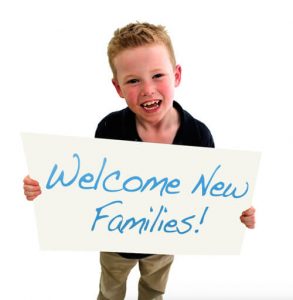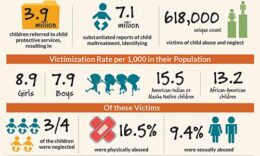Communicating Your Child Safety Plan to Families

This week KidCheck had the honor of joining the team from INCM for Web Week – The Best Week Online for Kidmin! This event is next-level professional training that draws multitudes of people involved with children’s ministry who are interested in gaining more knowledge, connecting with peers, and learning from prolific thought leaders on spiritual formation in ministry.
KidCheck led a workshop on Volunteer Policies for the Modern Kidmin. The discussion centered on creating a proactive culture where communication and transparency are encouraged and preventative planning is prioritized for reducing the risk of abuse.
During the session, we identified the top risks and liabilities to children’s ministry, discussed the importance and current definition of the Child Protection Policy, recognized what makes volunteer policy effective, and wrapped up with the seven vital elements of a comprehensive screening process.
One thing that is always consistent with the INCM community is the high quality of questions that are asked. Attendees know what they need to do to accomplish a safe environment for kids, and so the questions always go a bit deeper. Current research indicates that child safety is a top priority for new families evaluating a church to attend. An important question that came up centered on if you have a solid child safety plan, a good protection policy, and all the right guidelines in place, how to let new families and existing ones know about your efforts to keeps kids safe? Great question!
Here are five things you should be doing to keep your efforts front and center:
- Share the news! –By simply starting the conversation about abuse prevention and child protection you will dissuade many who wish to target the kids in your ministry to harm. Use every method possible to get the word out about the efforts being undertaken to protect the kids you serve. Communication vehicles include the initial greeting for new families, the church’s website, ministry seminars/training, newsletters, social media, weekly sermons, bulletins, inserts, flyers, etc.
- Train – Always work to educate and inform volunteers, staff, and your church community on the steps you’re taking to improve child safety and prevent abuse. Training can be a couple of times a year or a 10-minute standing meeting which highlights a new policy each week. Either way, training should always be a top priority, consistent, and ongoing.
- Be prepared to answer questions – Make sure that your staff, volunteers, and leadership team are always prepared to answer questions about the safety efforts regarding children’s ministry. If you have new volunteers they should at a minimum, know how and where to direct people to the information. If you want your ministry to grow, you need to do everything you can to demonstrate child protection is a top priority.
- Follow up with documentation – For new families, it’s helpful to follow up with a “thanks for checking us out, and we’re here to answer any questions you may have” note. With that follow up not include a copy of the safety plan, child protection policy, or the most current FAQ’s regarding your ministry. The follow up provides an additional touch point with new families and allows them to read about the safety efforts at their convenience.Make sure to include a copy of your Child Protection Policy and ministry safety plan in the onboarding packets for new volunteers. If your ministry has a standard waiting period before allowing someone into the classroom make sure they spend that time reviewing current policies. Let them know they will be quizzed on the information during the weekly standing meetings and volunteer time.
- Post signage – Some churches have found it helpful to post signage about their ministry being a safe space for children and what that means. Signage could highlight safety rules, check-in and out policies, general information, events and training, and any other information you would like parents to know.
The list by no means covers everything you can do to communicate your safety efforts. If there’s something you currently do, please share in the comments section below.
For more information on the benefits of using secure children’s check-in visit kidcheck.com or join our growing social community on Facebook, Twitter, Google+ and Pinterest.


